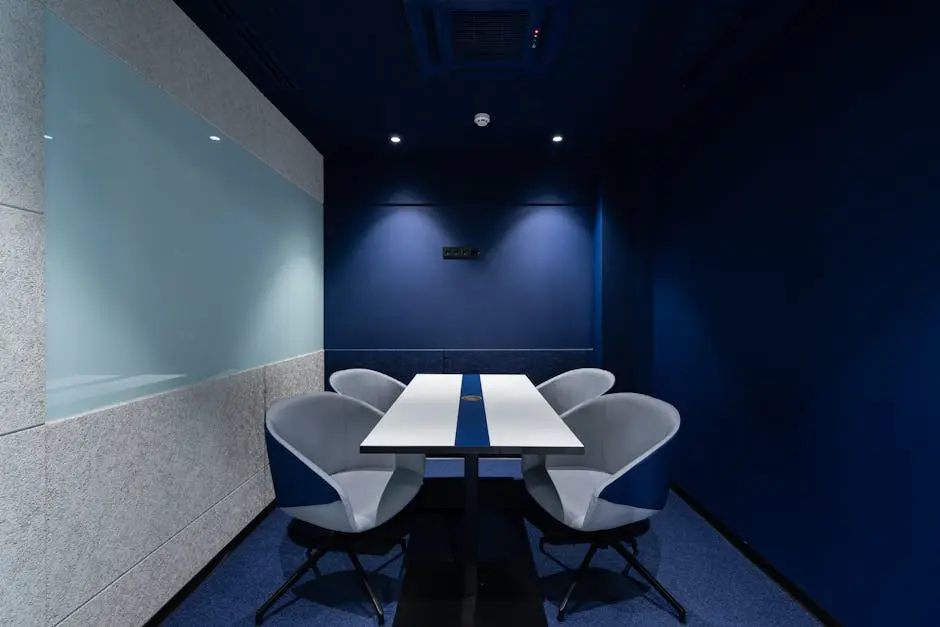In the ever-evolving world of work, digital office solutions are making waves, transforming how we think about and use commercial real estate. From small startups to large enterprises, the shift towards digital workspaces is influencing trends, demands, and designs in the real estate sector. In this blog, we’ll explore the dynamic changes brought by digital office solutions and what this means for the future of commercial properties.
The Rise of Remote Work and Its Impact on Office Spaces
The global shift toward remote work isn’t just a temporary blip on the radar; it’s a monumental shift that is fundamentally altering the commercial real estate market. As more companies adopt flexible working policies, the demand for traditional office spaces is evolving. Businesses are now seeking dynamic environments that can support both in-person and remote workflows, leading to a decrease in the need for large, permanent offices and an increase in the demand for versatile, technologically equipped spaces.
Interestingly, this trend towards remote work doesn’t spell the end for office real estate. Instead, it emphasizes a need for transformation. Landlords and developers are now challenged to reimagine these spaces to cater to the new ways of working. This has given rise to the popularity of co-working spaces and serviced offices that offer more than just a desk. They offer a community and lifestyle that aligns with the digital-era workforce’s expectations for flexibility and connectivity.
Digital Collaboration Tools: Beyond Physical Boundaries
In the age of digital transformation, collaboration tools have become the backbone of the modern workspace. Apps like Slack, Zoom, and Microsoft Teams have enabled teams to stay connected and productive regardless of their physical location. This technology has made it possible for businesses to maintain operational continuity and has opened up new opportunities for how office designs can support digital-first communication.
Reimagining Commercial Spaces: Flexibility and Sustainability
The reimagination of commercial spaces is not just about technology; it’s also about creating environments that reflect the values and needs of today’s businesses and workers. This includes an emphasis on sustainability, with green buildings that minimize environmental impact through energy efficiency and renewable energy sources. Equally important is the focus on creating spaces that can adapt to different needs and purposes, from collaboration areas to quiet zones, ensuring that the physical environment supports a range of working styles and preferences.
The Transformative Role of IoT and Smart Building Technologies
The incorporation of Internet of Things (IoT) and smart building technologies into commercial real estate is revolutionizing how buildings are managed and experienced. These technologies offer unprecedented levels of control and automation, enabling more efficient use of resources, enhanced security, and improved occupant comfort. As buildings become more connected, the role of the real estate sector in providing not just space, but also data and insights that can drive business decisions, is becoming increasingly important.
How Digital Office Solutions Attract Millennials and Gen Z
The preferences of Millennials and Gen Z are shaping the future of work environments. These digital natives expect a high level of technological integration in their workspaces, valuing both the efficiency it brings and the commitment it signals to sustainability and innovation. Digital office solutions that cater to these values not only attract younger talent but also foster a culture of creativity and collaboration. As these generations increasingly dominate the workforce, their expectations will continue to influence how office spaces are designed and utilized.
Challenges and Opportunities for Commercial Real Estate Providers
The rapid evolution of digital office solutions presents both challenges and opportunities for commercial real estate providers. On one hand, there’s the challenge of adapting existing spaces to meet modern needs, requiring significant investment and foresight. On the other hand, there’s a tremendous opportunity to redefine the value proposition of commercial real estate, moving beyond square footage to offer spaces that are as dynamic and flexible as the businesses they host.
Case Studies: Successful Integration of Digital Office Solutions
Across the globe, there are numerous examples of commercial real estate projects that have successfully integrated digital office solutions. These case studies not only showcase the potential for technology to enhance the functionality and appeal of office spaces but also offer valuable insights and best practices for developers, property managers, and businesses looking to navigate the shifting landscape of commercial real estate.
The Future is Here: Embracing Change in Commercial Real Estate
As we’ve seen, digital office solutions are not just changing the way we work; they’re reshaping the very foundations of the commercial real estate landscape. With advancements in technology and a growing emphasis on flexibility, sustainability, and efficiency, the future of commercial real estate looks vastly different yet promising. As businesses continue to evolve, so too will the spaces they inhabit, leading to a more interconnected, digital, and adaptable world.

